I have an excel file with health records above (immunizations to be exact) that looks like the attached image.
The format I am needing is to have the below record dates going all across the file in a single row. So, it would look like:
dtap dtap dtap dtap dtap tdap MMR MMR
So for the first student, Cox, every date needs to be filled across a single row, with a column for each immunization date.
The formula (series) I'm trying to use is:
dtap 1 dtap 2
=B5 =B6
=B22 =B23
=B39 =B40
Every disease in the data set skips by 17, and that is uniform across the entire file, so I think this is a simple/efficient way to do it. What I cannot figure out is how to fill that series all the way down the file. When I say =B5 for instance, it fills in the proper date, but I cannot get it to fill that "formula series", if you will, all the way down. The "Fill down" option seem to want to fill random dates in a series all the way down. Have tried it a few different way, I cannot get it to fill my increment by 17 formula down the entire file. I am using excel 2011 for MAC OSX if that helps.
